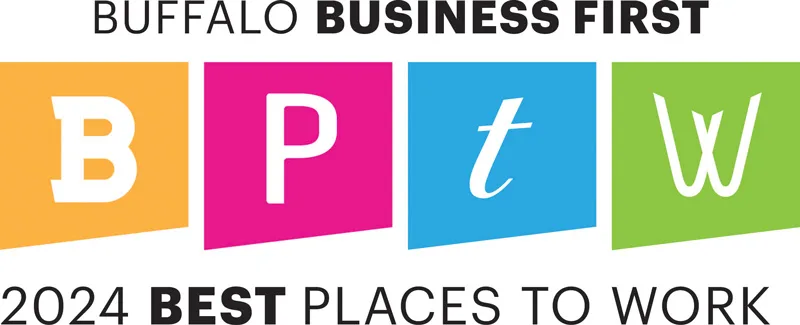By Greg Sanderson
Traditional drug pipelines are now increasingly dominated by specialty drugs, many of which carry a six-figure annual per patient cost. This shift poses a significant financial challenge for health plans. In addition to the substantial expense of these drugs, they often fall under the medical benefit where rebates are not as easily realized by payers, rather than the pharmacy benefit.
But there are still opportunities to save for health plans that know where to look. As the FDA’s approval pipeline becomes increasingly populated by specialty drugs, it’s critical for all plans to explore medical rebate opportunities, where they can, to mitigate costs.
A Surge in Specialty Drug Approvals
The U.S. Food and Drug Administration (FDA) has reported a notable increase in the approval of specialty New Molecular Entities (NMEs), with these drugs comprising nearly 80% of the 2023 approval pipeline. While advancements in specialty drugs hold promise for patients with certain diseases, they can cause difficulties for health plans. The higher cost of incoming specialty drugs, and their markups, may lead to increased premiums, deductibles and out-of-pocket expenses for members.
Medical benefit versus pharmacy benefit
Adding to the financial strain of specialty drugs is the fact that many are covered under the medical benefit, rather than the pharmacy benefit. There are multiple strategies to control specialty drug costs under pharmacy benefits, but rebates for those billed under medical benefits are often overlooked.
The distinction between drugs covered under these two types of benefit typically boils down to how and where a drug is administered or distributed.
Drugs that require administration by a healthcare professional, often in a facility setting — as is the case with many specialty drugs — are typically covered under the medical benefit. These may include injectable or infusible medications, such as chemotherapy drugs, certain biologics or other complex treatments.
Self-administered medications that can be taken at home, on the other hand, are generally covered under the pharmacy benefit. These are medications that you would pick up at a retail or mail-order pharmacy.
What can health plans do to control costs?
To manage the rising costs associated with specialty drugs, health plans must thoroughly explore all avenues for obtaining medical rebates. Engaging directly with manufacturers to understand the available rebate options is crucial. Although these rebates might not be as substantial as those seen with pharmacy benefits, they represent opportunities for cost savings.
Health plans should not assume that they are ineligible for rebates due to perceived barriers or lack of drug management strategies. Instead, they should proactively inquire about rebate opportunities available in the market.
Some health plans might opt to manage the rebate process independently or through a dedicated rebate management partner. This approach allows for more direct control over the rebates and can be more efficient in ensuring that all potential savings are captured.
Understanding and leveraging medical rebates is an essential strategy for health plans aiming to mitigate the financial impact of expensive specialty drugs. By proactively seeking out these opportunities and negotiating to ensure rebates are effectively applied, health plans can better manage their pharmaceutical expenditures and continue to provide high-quality care to their members.

